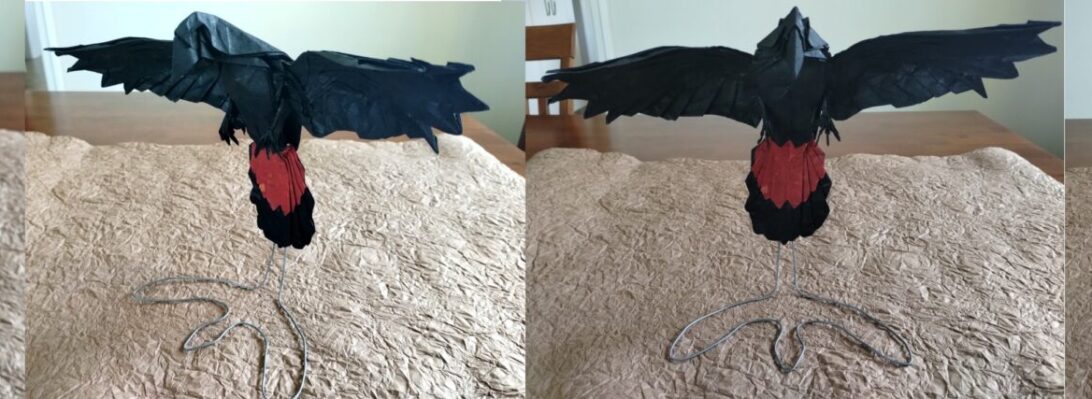Yoshizawa Sensei once said “The Horse and the rider are not one, nor should a model of them be”, or words to that effect and I think this model is an interesting reflection of that sentiment:
This is Eduardo Clemente’s “Burro con Carro” which I think means “Donkey and Cart”. Fashioned from a 3×1 rectangle, the technique involves completely wasting the middle square to provide a join that more or less makes sense between the cart and the tail of the donkey.
The trouble is, the join is so thick that modelling the hindquarters of the donkey is compromised, the cart does not sit quite right and the front of the model is so light that modelling front legs and head/ears is flimsy and a bit of a fail. Continue reading →
















